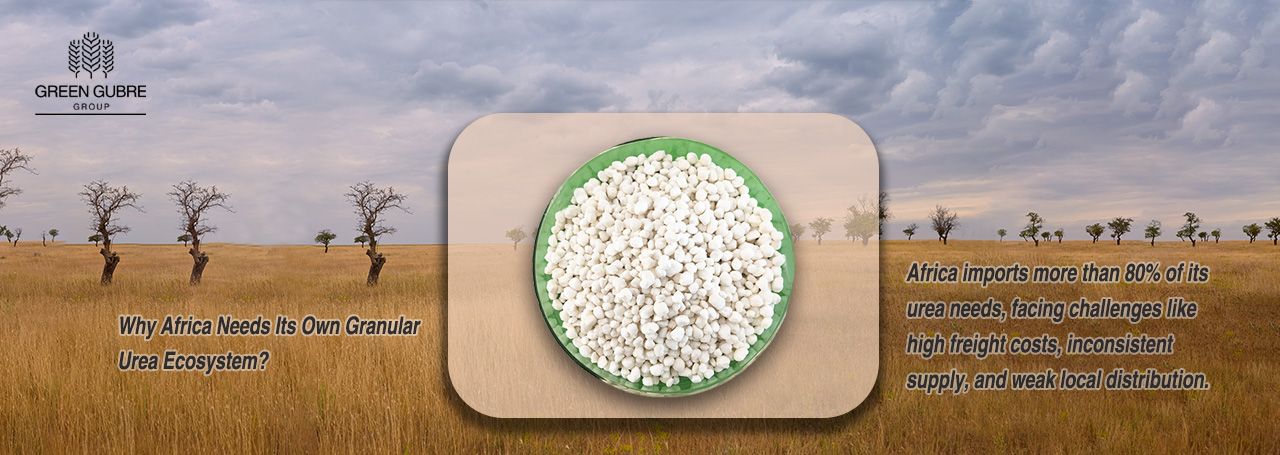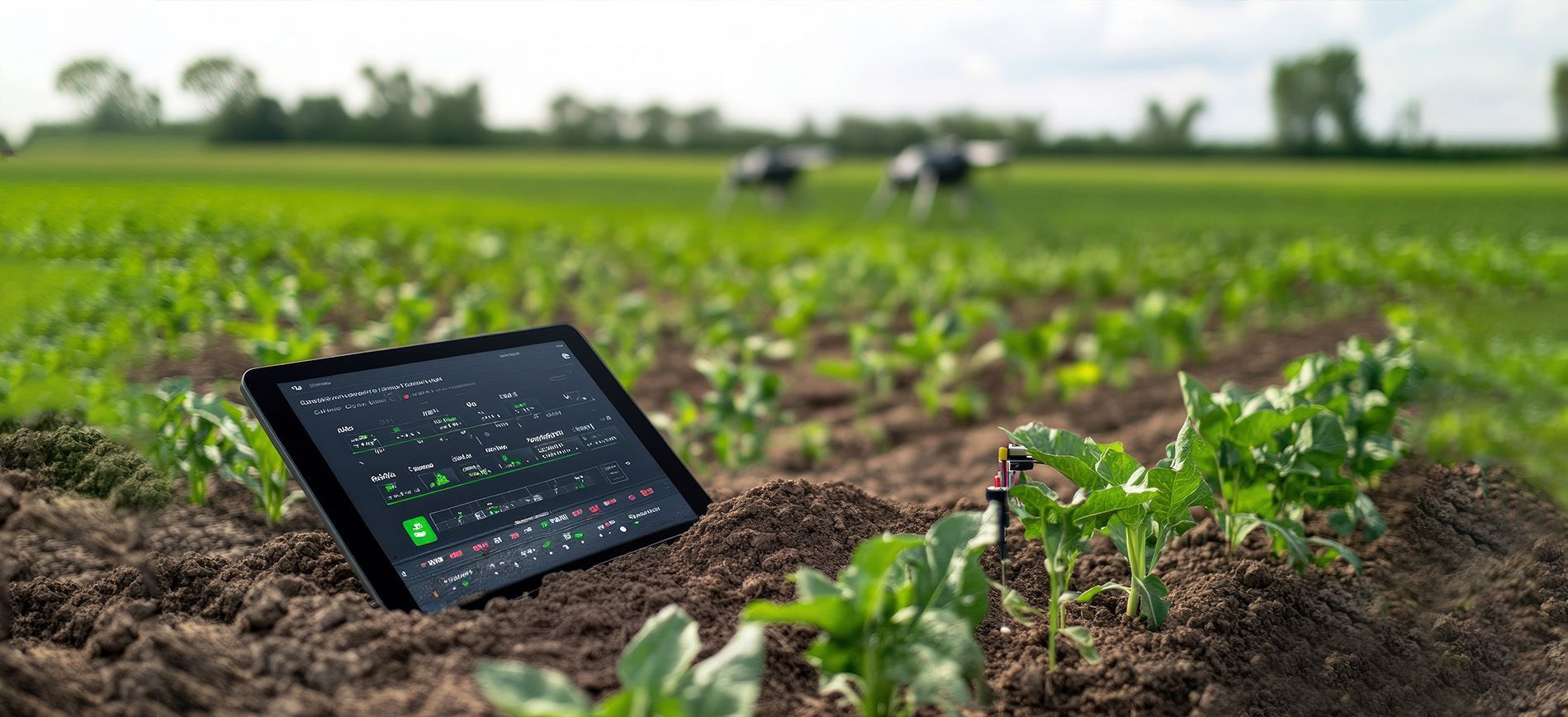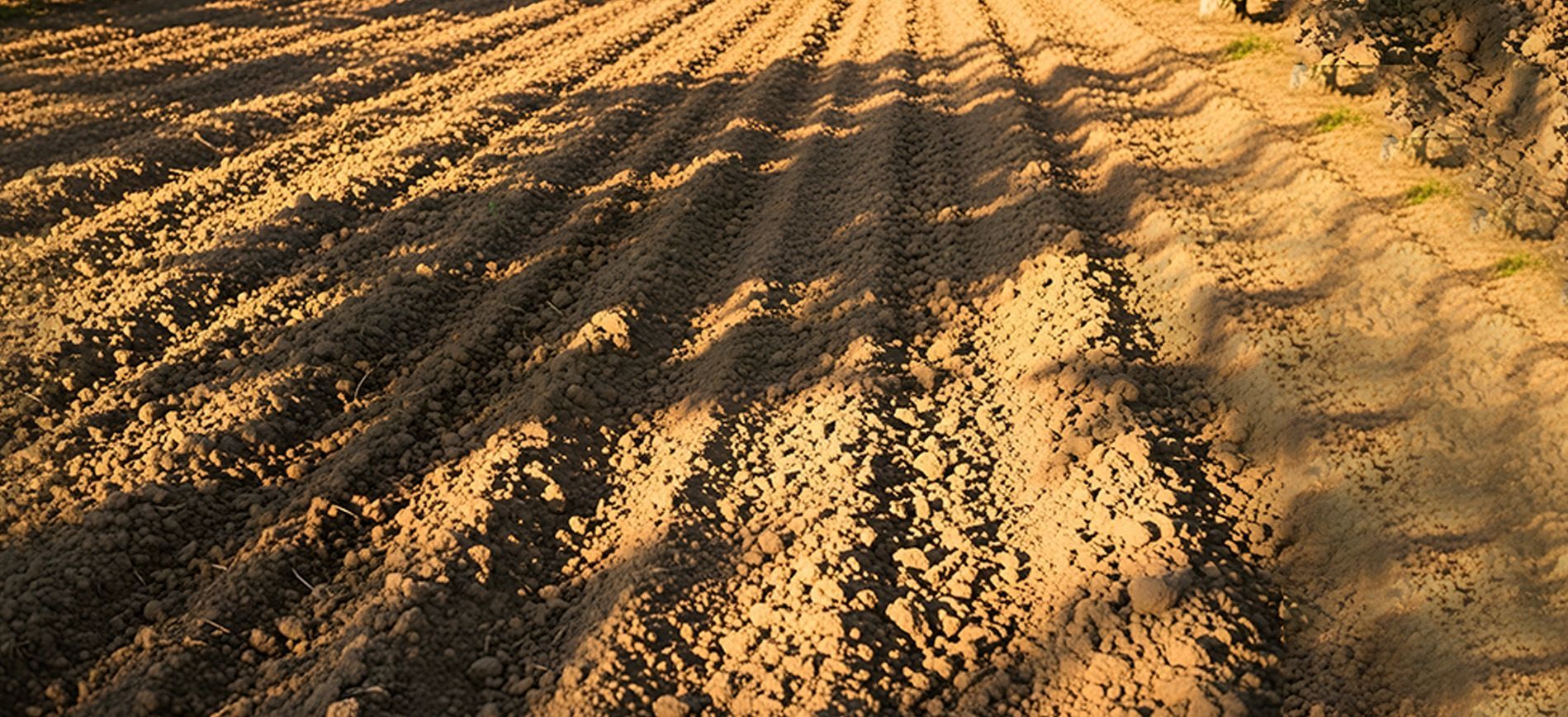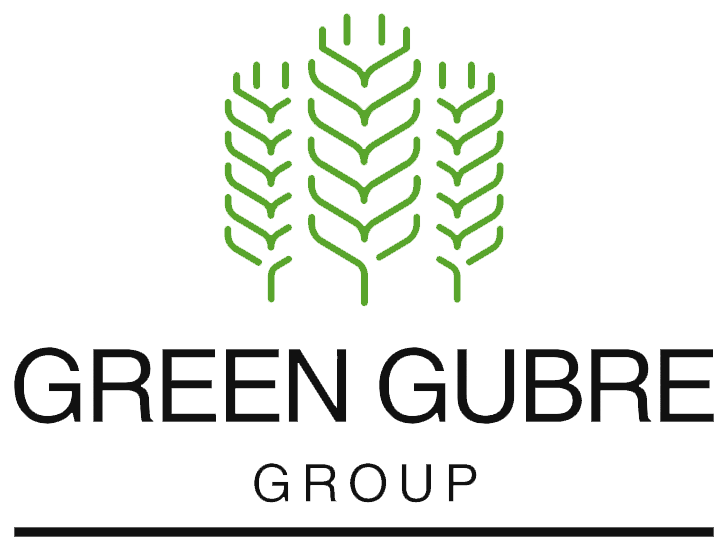Creating a Sustainable Granular Urea Ecosystem in Africa – Policy, Partnerships, and Port Access
Creating a Sustainable Granular Urea Ecosystem in Africa – Policy, Partnerships, and Port Access
Why Africa Needs Its Own Granular Urea Ecosystem
Granular urea is one of the most efficient and transport-friendly nitrogen fertilizers, especially suited for mechanized agriculture, large-scale farming, and export crops. Yet, Africa imports more than 80% of its urea needs, facing challenges like high freight costs, inconsistent supply, and weak local distribution.
To unlock food security and fertilizer independence, Africa must move beyond imports and develop its granular urea ecosystem—including import terminals, regional blending and bagging centers, private sector partnerships, and enabling policies.
This blog outlines how granular urea suppliers and African governments can co-create a resilient, regional supply network that reduces dependency and strengthens intra-African trade.
1. Granular Urea: The Ideal Format for Africa’s Diverse Needs
Why granular urea?
- Low dust, easy to handle for mechanized agriculture.
- Slow-release advantage in tropical climates with high leaching.
- Longer shelf life and less product loss during storage and transport.
- Compatible with NPK blending plants, making it highly adaptable for regional hubs.
Granular urea is better suited than prilled for Africa’s increasingly modernized farms, especially in Egypt, Morocco, Kenya, South Africa, and Nigeria.
2. Building Infrastructure: Ports, Hubs, and Inland Terminals
To reduce landed costs and ensure a steady supply, Africa must strengthen its infrastructure:
Key Investment Areas:
- Bulk import terminals with blending and bagging capabilities.
- Inland distribution warehouses with rail and road access.
- Mini-hubs near high-demand zones like Kano (Nigeria), Eldoret (Kenya), and Tamale (Ghana).
Leading Port Examples:
- Lomé (Togo): Strategic deep-sea port for West Africa; Green Gubre Group is expanding bulk fertilizer logistics here.
- Port Said (Egypt): Northern corridor for granular urea exports to Europe and North Africa.
Walvis Bay (Namibia): Western access point for Southern Africa with potential rail linkages inland.
3. Public-Private Partnerships: Aligning Investors and Governments
Sustainable urea ecosystems depend on policy and capital working together. Governments can:
- Offer tax incentives for setting up urea blending and packaging plants.
- Facilitate land acquisition and local permits for private investors.
- Implement fertilizer policies that support granular formats and avoid over-subsidizing less efficient forms.
Examples of Partnership Models:
- Nigeria’s Presidential Fertilizer Initiative: A model of joint ventures between local companies and international suppliers.
- Ghana’s Planting for Food and Jobs (PFJ): Links private fertilizer suppliers with government-funded farmer networks.
- Senegal’s Emerging Farmers Scheme: Encourages blended urea and micronutrient application.
4. Marketing Granular Urea: Education and Trust Are Key
Farmers and cooperatives often default to prilled urea simply because of familiarity, not because it’s better. Marketing granular urea in Africa requires:
Farmer Education:
- Field demos showing improved yield and application efficiency.
- WhatsApp videos and infographics in local languages.
- Partnering with
agronomists and
input dealers to provide training.
Product Differentiation:
- Offer granular urea in 25kg and 50kg bags with crop-specific usage guides.
- Brand positioning as “cleaner, more efficient nitrogen” for large farms and export crops.
5. Intra-African Trade and the AfCFTA Opportunity
Africa’s urea trade doesn’t have to rely solely on imports from the Middle East or Asia. The African Continental Free Trade Area (AfCFTA) allows intra-African fertilizer movement.
Key export-ready producers:
- Egypt: Major producer of granular urea with access to the Mediterranean and East Africa.
- Nigeria: The Dangote plant is increasingly serving ECOWAS neighbors.
- Algeria: Large capacity focused on North Africa and Europe.
Actionable Strategy:
- Form regional trade corridors linking West, North, and East Africa.
- Negotiate tariff reductions and transport agreements under AfCFTA protocols.
Conclusion: Granular Urea is the Foundation of Africa’s Fertilizer Future
Africa needs the right fertilizer in the correct format, supported by the proper infrastructure. With its superior agronomic and logistical properties, granular urea is positioned to transform fertilizer use in Africa.
But this transformation depends on strategy. With smart investments in logistics, partnerships, and farmer education, African nations and global suppliers can build a robust granular urea ecosystem that supports resilience, local production, and long-term food security.





